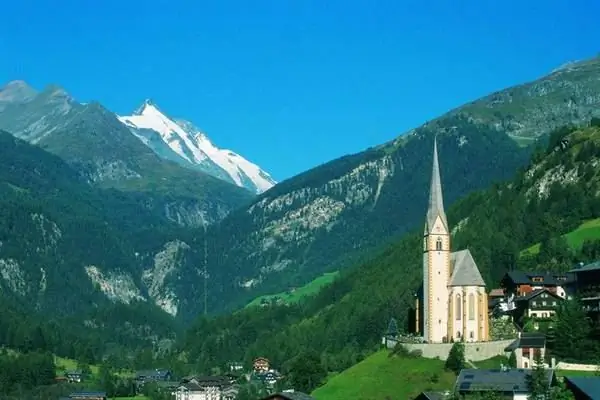
Description of the attraction
The parish and pilgrimage church of St. Vincent, located on the hillside below the village of Heiligenblut, is a Gothic structure built in the 15th century. Before the construction of this church, there was a chapel dedicated to the current patron saint of the temple - St. Vincent. The legendary Britzius, who is especially revered in Heilibenblut, could not become the heavenly patron of the church, since he was never canonized.
For the first time, the chapel of St. Vincent is mentioned in documents from 1271. Two years later, repairs began in the temple, which lasted until 1301. At the end of the 14th century, the inhabitants of the village decided to build a new church on the site of the chapel. Construction dragged on until 1430, when the tower was finished with narrow loopholes, an arched Gothic window and a high spire. Its facade is decorated with a clock.
Throughout the history of its existence, the Church of St. Vincent was repaired several times, however, its appearance did not change. The last major reconstruction of the temple at the moment took place in 1909-1911. Then the windows and most of the church utensils and furniture were replaced in the church.
The main decoration of the Church of St. Vincent is the majestic altar of the Church of St. Vincent, which was made in 1520. It reaches a height of 11 meters. The altar was designed by Michael Pacher and built by his students, Wolfgang Asslinger and Marx Reichling. The rest of the nave is also richly and luxuriously decorated. Here you can see expressive sculptures depicting saints and admire the painted ceilings. The frescoes on the vaults were painted in the 18th century.






